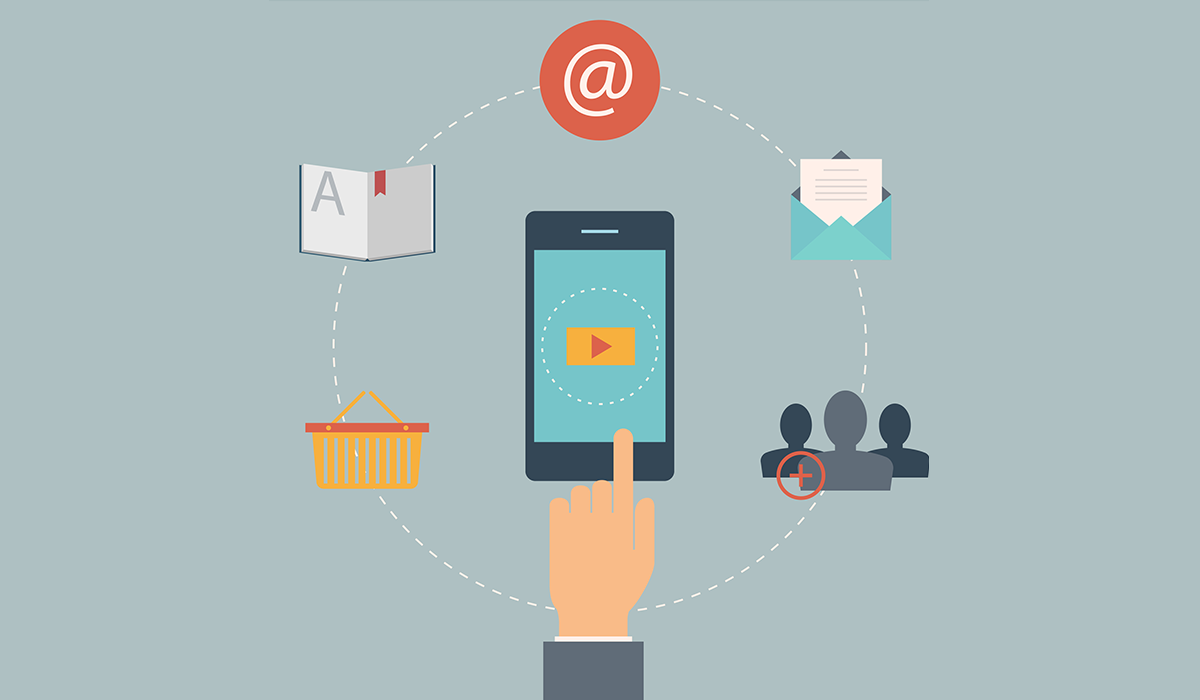The Phone Channel is Dead, Long Live the Phone Channel

Thanks to emerging customer support channels like social media and live chat, as well as evolving technologies like speech recognition, there are more ways than ever for customers to initiate (and resolve) a service inquiry. And when they have options at their fingertips, customers are showing a growing preference for self-service options using automated IVRs, knowledge bases, or simply Googling a problem and solution.
With customer service channels in constant movement, what will be the impact on the phone channel?
Why the Phone Channel is Dead (or Dying)
A few months ago, a British survey found that the act of making a phone call is actually only the sixth most common use of a smartphone. Texting, checking social media, surfing the web, and using convenience features like the calculator and alarm clock functions are all ahead of actually using the phone as … well, a phone.
When asked why this is the case, the reason is invariably about convenience: Making phone calls takes time when other functions can get the same result faster.
There is plenty of evidence that the phone simply isn’t the same “go-to” customer service channel that it once was. When it comes to the customer service experience, about 50% of people actually start their search for support on a computer, while a whopping 84% have at one time or another used Google to search for an answer to their query first.
The lesson here is that customers will gravitate to the simplest method to resolve their inquiry. Rewind a decade or two and you start to understand how the Internet, social media, and automation have infiltrated the phone channel’s turf as it relates to not only getting information quicker, but also providing customer service.
However, studies and anecdotes only tell half the story.
Long live the Phone Channel, Why the Phone Channel Remains King
Human-to-human interaction is powerful and still unmatched by any automated technology (sorry, robots). Being able to articulate in our own words is sometimes the only way to explain an issue and achieve a resolution.
Despite the aforementioned lack of convenience, the phone still remains the dominant channel in the outsourced customer service world. When a customer has to access support beyond self-serve, 43% of people prefer to use the phone to seek customer service followed by 22% who prefer email, 18% Live Chat, and 2% social, among others.
If you’re wondering why this is the case, you might consider this statistic: 41% of people say fast resolution of their issues is the most important factor in customer service, while 26% say that getting first interaction resolution is the most important. Typically, the phone can easily fulfill both of these qualities, and 57% of people would agree.
Ultimately then, when customers are unable to quickly Google an effective answer to their issue or when sending an email is insufficient to resolving an issue in a timely matter, customers will overwhelmingly dial the customer support line.
At Blue Ocean, we believe there’s an underlying factor behind the speed of issue resolution that will keep the phone channel afloat for years to come: In our experience, we see consumers increasingly relying on the phone channel when issue resolution becomes too complex for any other support channel.
No matter what your industry, service or product, the path of technology has evolved to make a consumer’s life easier. The technology itself, however, has become progressively more involved. So when an issue arises, channels such as social media, email, and live chat don’t necessarily allow for the subtle and complex dialogue required to solve a complicated problem quickly. Google might be fast and convenient, but it can rarely convey an answer to a complex question in a way that satisfies the customer. Here, the phone almost always wins out.
The Future of Omni-Channel Customer Support
The future of customer service excellence will be founded on omni-channel solution combined with solid self-serve options, but there’s no denying that the voice channel will continue to play an essential role in the contact center, albeit an evolving one.
When thinking about the phone channel in your own customer service efforts, consider the role it will play in conjunction with the other channels. Our new world order is that the phone is no longer king, but a hard-working solid citizen with great teammates.
If you need a hand with getting your phone channel supported while keeping your costs in check, contact us today.



